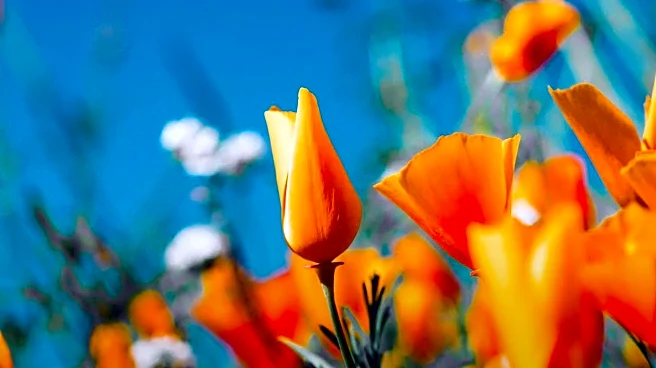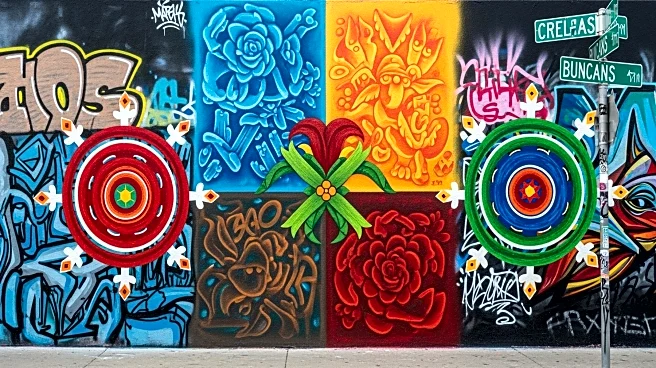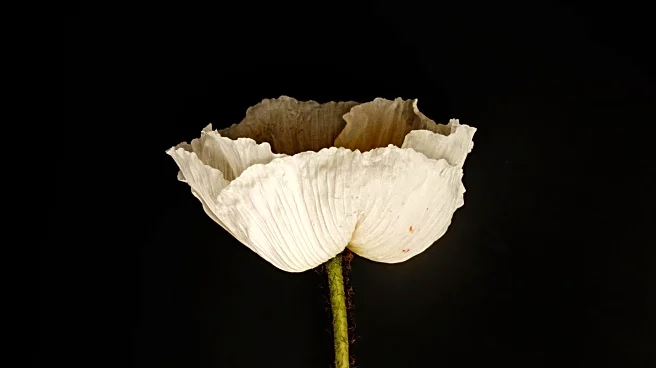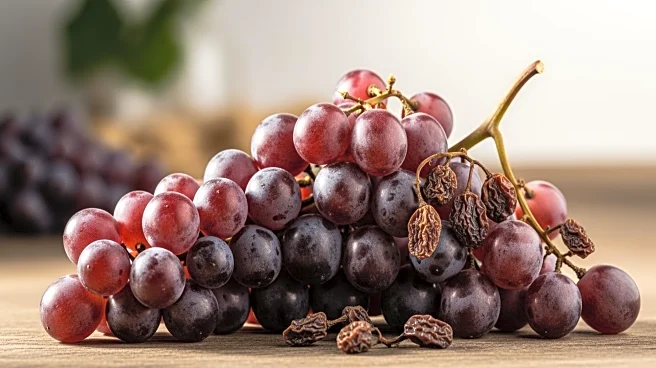What's Happening?
Author Myriam Gurba delves into the cultural and historical significance of the California poppy in her new book, 'Poppy State: A Labyrinth of Plants and a Story of Beginnings.' The book explores the poppy's role as California's state flower and its broader
cultural implications. Gurba reflects on personal experiences and historical narratives, including the efforts of Sara Allen Plummer Lemmon, who lobbied for the poppy's official recognition. The narrative intertwines botanical history with personal anecdotes, offering a unique perspective on the intersection of nature and culture.
Why It's Important?
Gurba's work highlights the importance of understanding cultural symbols and their historical contexts. The California poppy, beyond its botanical identity, serves as a symbol of state pride and cultural heritage. By exploring its story, Gurba sheds light on the broader themes of identity, colonization, and the relationship between humans and nature. This exploration is particularly relevant in contemporary discussions about cultural preservation and environmental awareness.
Beyond the Headlines
The book also touches on the ethical considerations of botanical exploration and the historical narratives surrounding indigenous peoples and their lands. Gurba's narrative challenges readers to consider the impact of historical figures like Sara Lemmon and John Muir on the perception and treatment of native plants and peoples. This reflection encourages a reevaluation of historical narratives and their influence on modern cultural and environmental policies.













